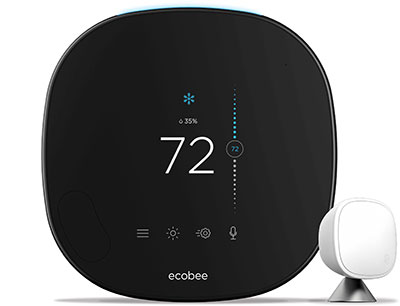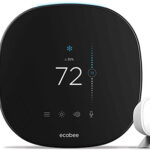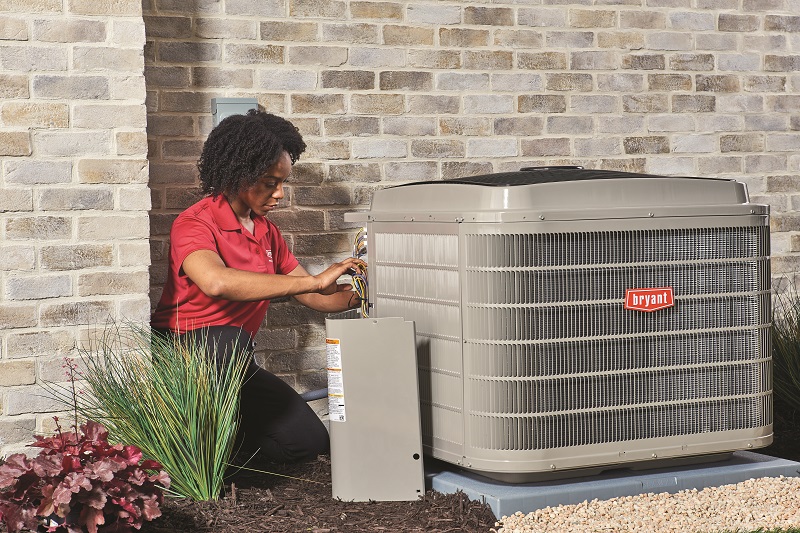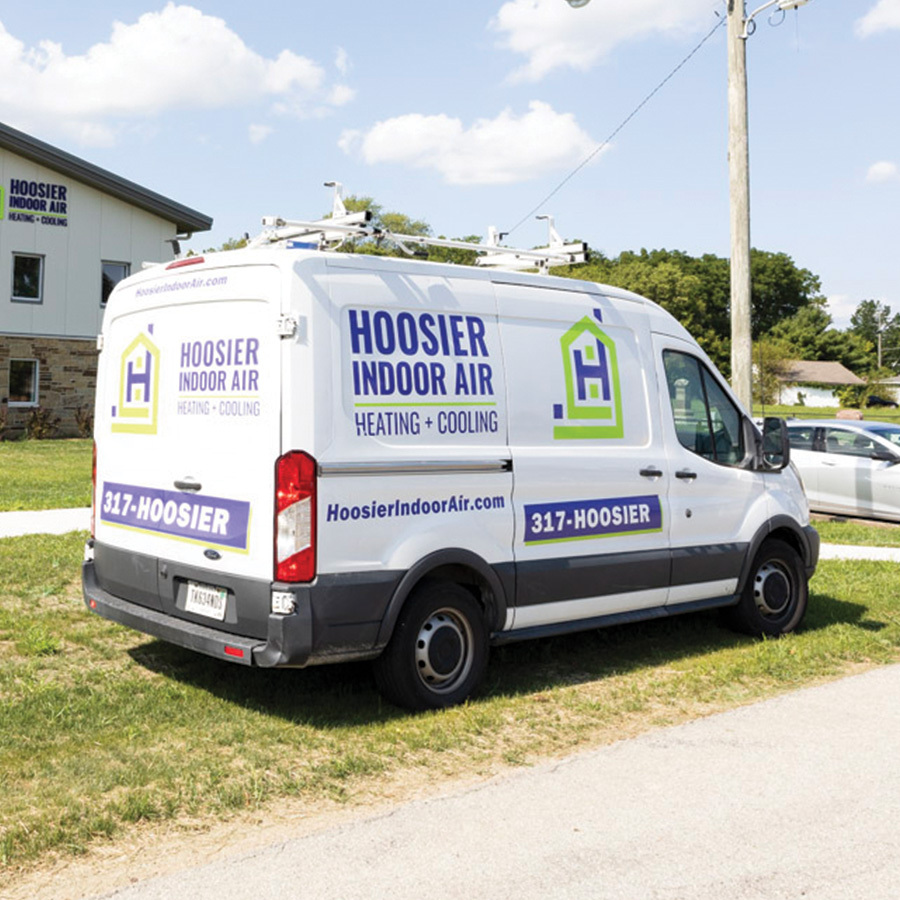One of the most frequent questions we encounter during service calls in the winter is the mysterious “EM Heat” (Emergency Heat) setting on thermostats. Unfortunately, we often find homes with issues set on this mode, leading to confusion and potentially higher energy bills. Today, we aim to clarify what the emergency heat setting is, and guide you on its proper use in your central Indiana home.
What is Emergency Heat?
Heat pumps are efficient heating solutions for most of the year. However, during extremely cold weather, they might require assistance from a secondary heating source. In your case, this likely involves electric coils, similar to a toaster, providing an extra boost. Under normal operation, these coils activate intermittently to supplement the heat pump when needed.
Setting the Record Straight:
The misconception that emergency heat is necessary below freezing temperatures is a costly misunderstanding. Modern heat pumps excel in cold conditions, maintaining their efficiency and outperforming the expensive electric coils utilized in emergency mode.
When to Use the EM Setting:
As the name suggests, emergency heat is meant for, well, emergencies. Engage it only when your heat pump malfunctions entirely. Remember, relying solely on EM heat setting during cold spells drains significant electricity, potentially driving your monthly bill up by hundreds of dollars. Therefore, it’s crucial to reach out to us promptly if your heat pump experiences issues.
Normal Operations vs. Emergencies:
- Ice and Water: A small amount of ice or water at the base of your heat pump is entirely normal during defrost cycles. Don’t mistake this for a malfunction.
- Steam Plumes: Periodically seeing steam billowing from your unit is also part of its normal operation during defrosting. Rest assured, your house isn’t on fire!
Preventative Measures:
Regularly check your heat pump during winter. Ensure it’s free of snow blockages and monitor for any fluid leaks. Remember, ice and water buildup at the base is expected.
In Case of Emergency Heat Trouble, Call Hoosier Indoor Air!
By understanding emergency heat and using it appropriately, you can maximize your heat pump’s efficiency and keep your energy bills in check. If your heat pump malfunctions, don’t hesitate to contact us immediately to schedule service. Our qualified technicians will assess the situation and restore your heating system to optimal performance ASAP, keeping you and your family warm this winter.
Remember, we’re always here to answer your questions and ensure your home stays warm and comfortable throughout the winter season. Happy Holidays, Central Indiana!








